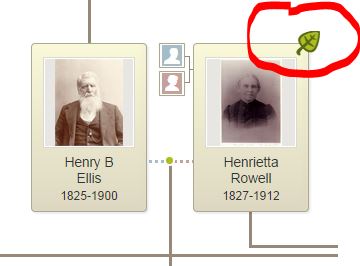Get the Most out of Ancestry.com Shaky Leaf Hints
If you’re an Ancestry.com user, you’ve seen those “shaky leaves.” They are automated hints generated when Ancestry.com thinks a historical record or tree matches an individual on yours.
Are you getting the most out of your Ancestry.com shaky leaf hints? Check out this video on YouTube–then keep reading!
In a nutshell: look at all the hints. Then keep searching.
According to the Ancestry Insider blogger, hints are only provided for the top 10% of Ancestry records.
I asked our Genealogy Gems source at Ancestry.com about this. He did clarify that this means the most popular 10% of collections, which accounts for “a majority of the records.” But he also comments, “Hints are not meant to be an exhaustive method to flesh out all of the records for your ancestors. People should always search as well as use hints.”
After checking all the hints, I routinely find a LOT more by then searching records from an individual’s profile.
Search from the profile rather than the main search screen so some of the other data you’ve already found (like dates and relationships and locations) will be included automatically in the search parameters. I think searching from the individual profile also makes it faster to attach records to your person once you’ve found them.
Click here to hear how one woman used Ancestry.com hints to discover a tree for the biological mother who abandoned her when she was five. You’ll also learn her inspiring message about how moving past her mother on her family tree has helped her move on with her life.
